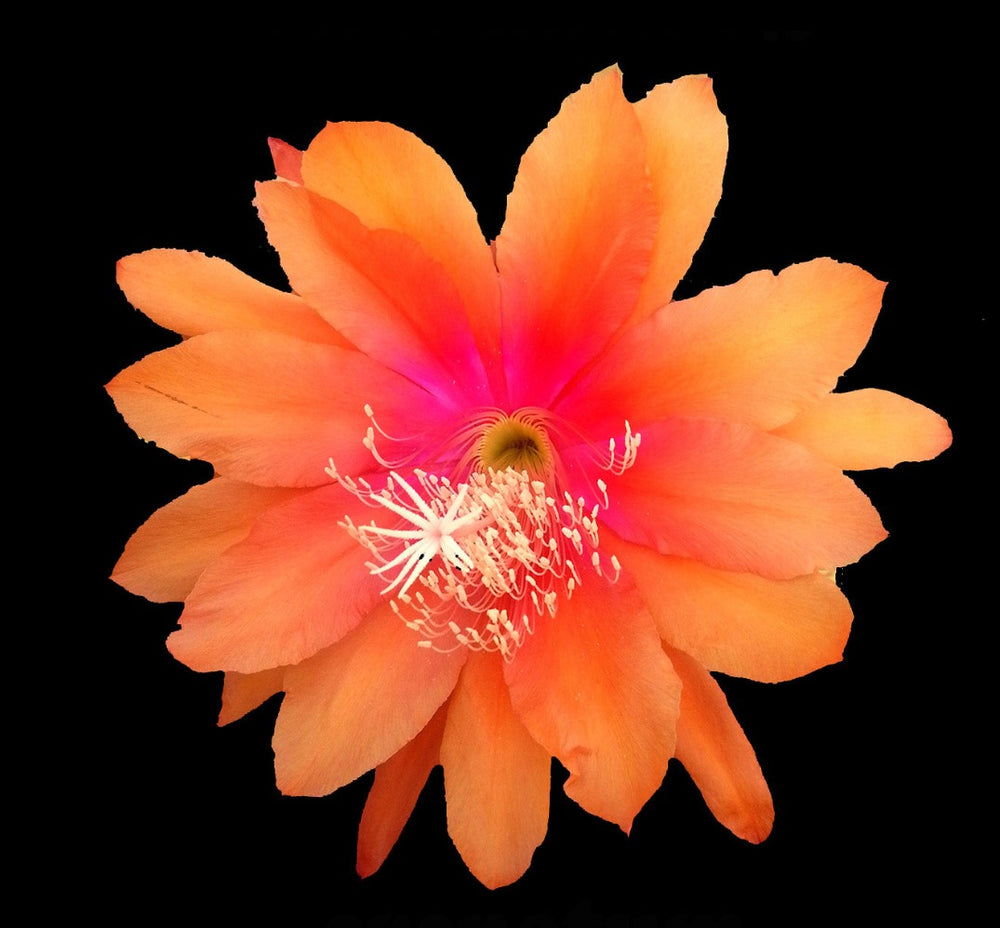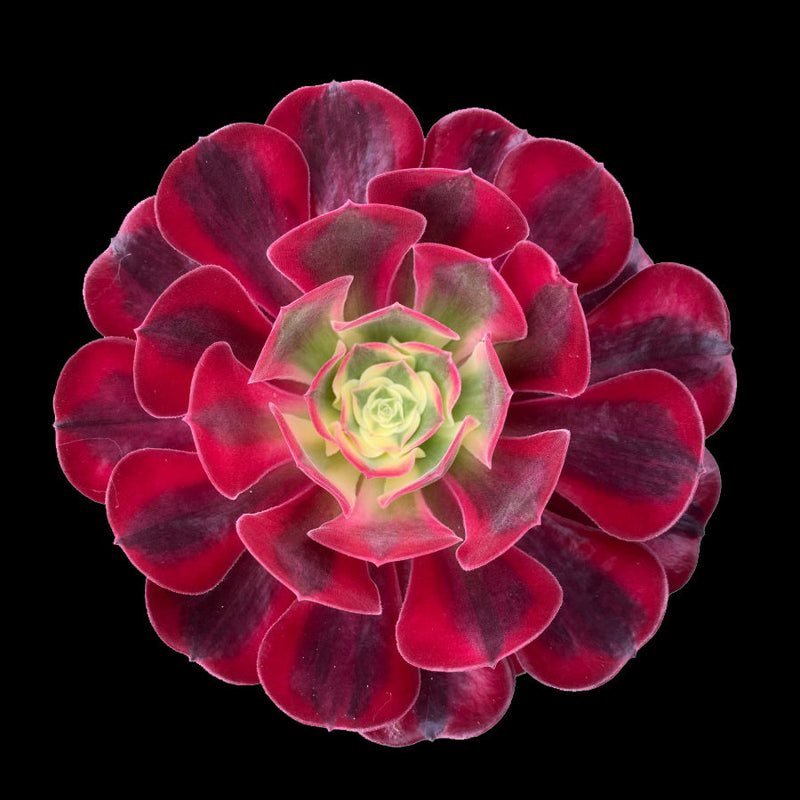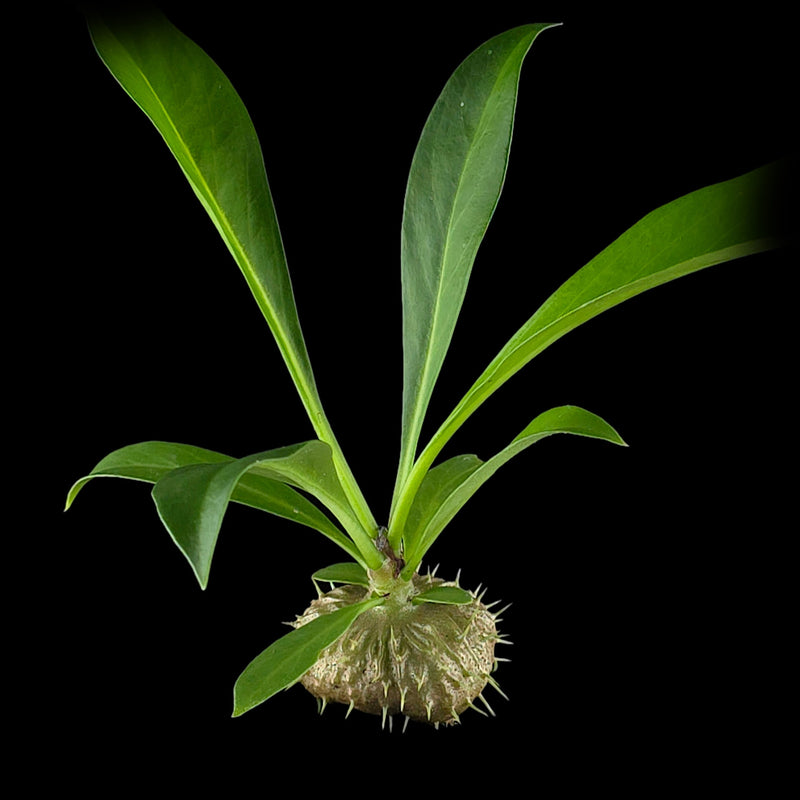Epiphytic (Jungle) Cactus Cacti are a highly evolved family of plants belonging to the succulent family.
Cacti have evolved to survive in a wide range of environments not just deserts.
Epiphytic cacti are a group of cactus found in warm moist environments of rain forests.
This group included many old favourites including Schlumbergera (Zygocactus), Epiphyllums and Rhipsalis.






Some of the these cacti are highly prized and well collected because of their stunning flowers, the Epiphyllum group is the most hybridised with well over 10,000 official registrations of cultivars.
These groups of cacti cannot be treated like other cacti as even though they are succulent they are used to water throughout the growing season and in some cases even in winter, they also prefer more shade and less extremes of temperature.
Season variations are required for flowering to occur, this varies between families.
Location:-
Epiphytic cacti require partially shaded areas with shade around 40 to 60%, any less will reduce their ability to flower but will still grow very good foliage, some species make great indoor plants like the Rhipsalis and Schlumbergera, both of which will grow well indoors under low light, flowering however is rare indoors.
Outdoors they will do very well in sheltered protected areas where they are less exposed to the elements, in full exposure growth is more compact and may show scars and weather damage.
They do best in moister environments where they can be kept moist throughout the growing period and on the dryer side in winter.
Winter watering is still required.
Many are tropical species but can do well in colder climates we have in our southern states.







Potting:
Epiphytic cacti do better in general potting mixes rather than cactus mix as they retain moisture longer.
Repotting is best in spring before growth starts, do not tease root systems as this will cause rotting.
Avoid using over size pots unless watering is an issue, water lightly for first week after potting.
Epiphytic cactus can be grown in tress or walls but will need very regular watering and feeding.
Fertilise like a normal pot plant, not a cactus.
Watering:-
good watering is essential over the warmer months, plants that are allowed to dry out will stop growing and loose condition which will result on less flowers in season.
Drying out can also cause foliage to stress and show marks and damages.
Liquid or slow release fertilising is also essential in the warmer months.
Common sense should be used when watering, avoid waterlogged potting mixes or poor draining pots Schlumbergera Xmas Cactus (Zygocactus) , flowering is at the end of the growth cycle, flowers appear from May to July with bud set occurring in March as they days Schlumbergera Aspen get shorter, best to stop feeding in March to reduce new growth and encourage flowering.
Flowers are up to 10cm long and multiple cycles of buds can occur in the season.
Many flowers will look purple when flowered under very cold conditions.
Can be flowered indoors if near a window.
Rhipsalidopsis Spring Cactus flower in early spring before the new growth starts with attractive 2 to 5cm blooms on mass.
Should be watered less in winter but not allowed to dry for long.
Keep protected in colder climates. Epiphyllums “Orchid Cactus” (complex hybrids of Epiphylum, Hylocereus and Disocactus) These are the most stunning of all cacti with flowers up to 30cm across in large numbers.
Flowers from late Oct to Dec with buds only occurring on the older stems from the previous year.
They can be allowed to dry out over the winter months but some water helps.
Rhipsalis Group (Rhipsalis, Hatioria, Lepismium) flower during Spring and set berries in summer.
This group is mainly grown for their stunning cascading foliage creating amazing basket plants with curious small flowers and in some cases stunning berries that stay on the plants for many weeks.
Pests & Diseases:-
Epiphytic Cacti only have a few problems, most are associated with darkness, dampness, overwatering or poorly ventilated areas, these may cause a number of infections to kill or damage the plant.
Moving plants into better ventilation and reducing watering are the best methods of control.
Excessive sunlike can also create yellowed or reddish growth.
Cacti can also suffer from mealy bug and scale, both can be physically removed or sprayed with commercial sprays.


































